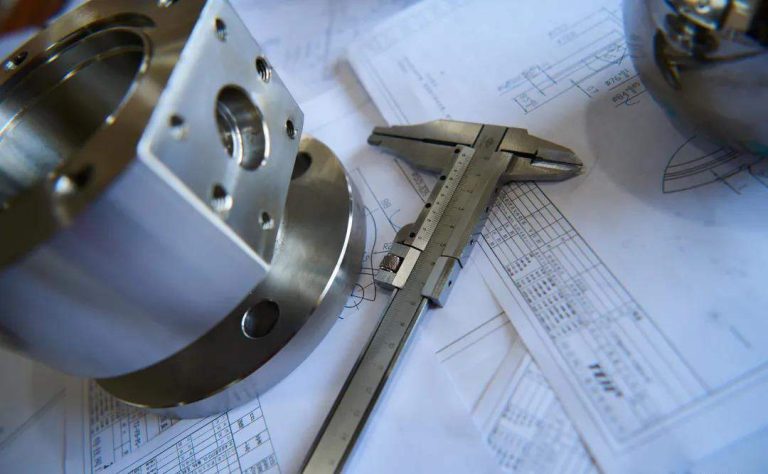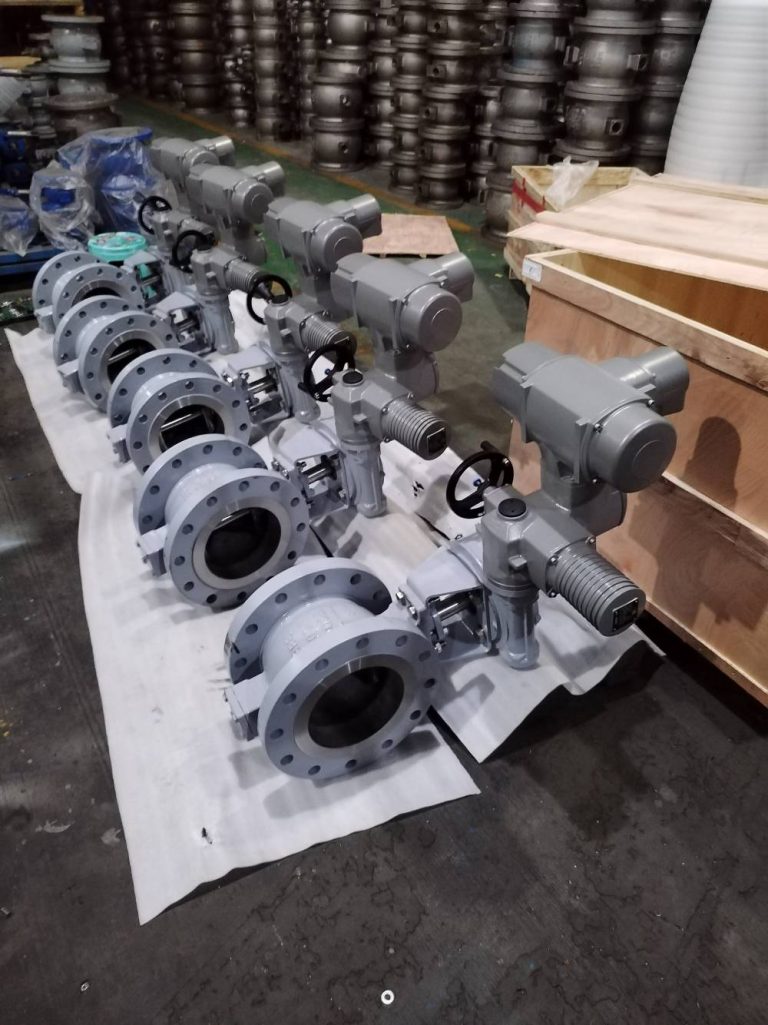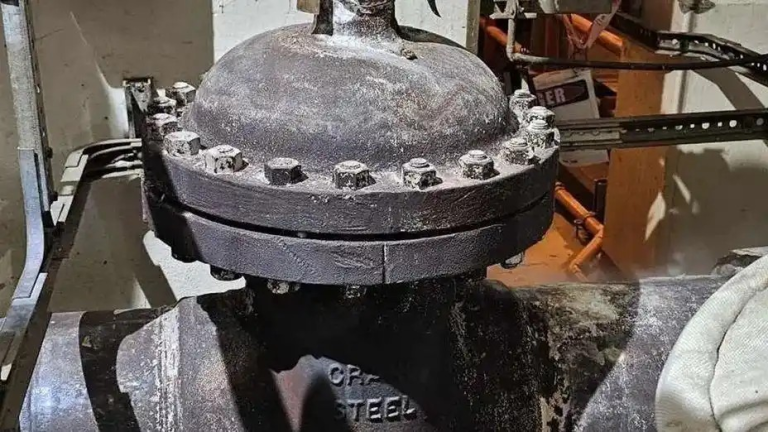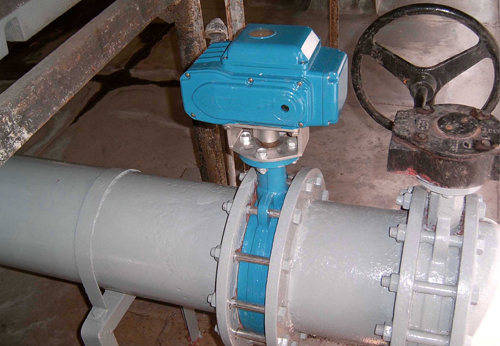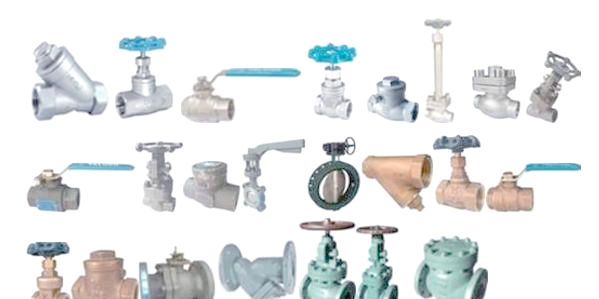Valve Selection for Corrosive Media
For valves working in corrosive media conditions, corrosion prevention is the most crucial job. If the metal materials of chemical valves is not correctly selected, very esily it may damage the equipment at best, and at worst, it may lead to accidents or even disasters. According to some relevant statistics, about 60% of the chemical equipment damage is caused by corrosion. Therefore, when selecting chemical valves, the selection of proper materials should be the top priority. There is usually a misunderstanding that stainless steel is a “universal material”, and used regardless of the medium and conditions. This is incorrect and very dangerous. Following are key points of material selection for some commonly used chemical media:
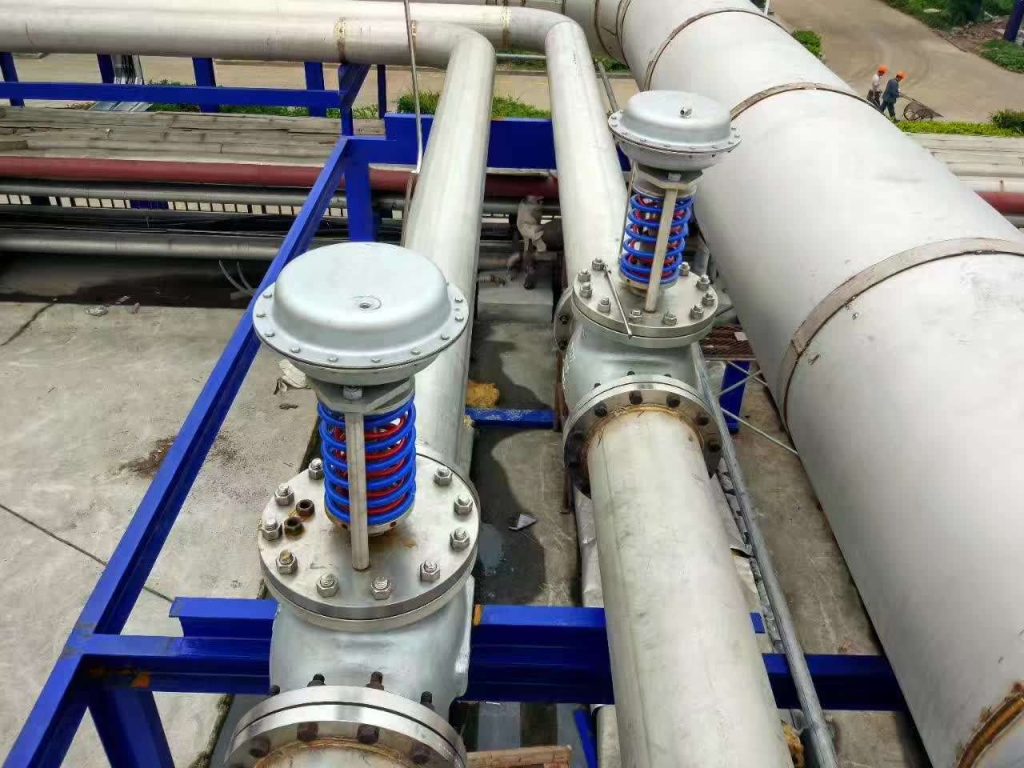
Valves for Sulfuric Acid media
As one of the strong corrosive media, sulfuric acid is an important industrial raw material with a wide range of applications. Sulfuric acid of different concentrations and temperatures has significant different corrosive effects on the materials. If the concentration of the sulfuric acid is more than 80% and the temperature lower than 80°C, carbon steel valves and cast iron valves will have good corrosion resistance, but they are not suitable for sulfuric acid flowing at high speed and are not suitable materials for pump valves; common stainless steel valves such as 304 (0Cr18Ni9) and 316 (0Cr18Ni12Mo2Ti) also have limited applications for sulfuric acid media. Therefore, the pump valves for transporting sulfuric acid are usually made of high silicon cast iron (which is difficult to cast and process) and high alloy stainless steel valves (Alloy 20). Fluoroplastics have good resistance to sulfuric acid, and using fluorine-lined valves (F46) is a more economical choice. But if the pressure is too high and the temperature increases, the application of plastic valves will be affected, and then only the more expensive ceramic ball valves can be selected.
Valves for Hydrochloric Acid media
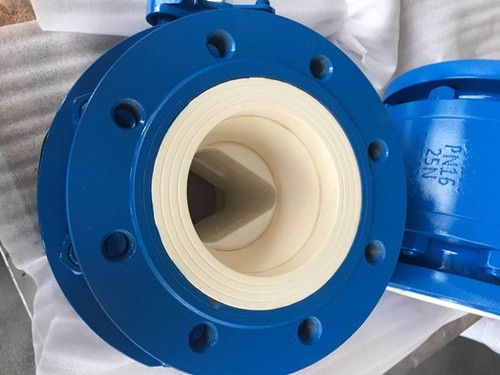
Most metallic materials are not resistant to the corrosion of hydrochloric acid (including various stainless steel materials), and even molybdenum-containing high-silicon iron can only be used for hydrochloric acid below concentration 30% at 50°C. Contrary to metal materials, many non-metal materials have good corrosion resistance to hydrochloric acid. Therefore, rubber-lined valves and plastic valves (such as polypropylene, fluoroplastics, etc.) are the best choices for transporting hydrochloric acid. However, if the temperature of such media exceeds 150°C or the pressure is greater than 16 kilograms, not any plastic (including polypropylene, fluoroplastics, and even polytetrafluoroethylene) will be able to meet the requirements. At present, there is no an ideal valve for this medua on the market, but you can try the newly emerging ceramic ball valves. The advantages of these valves are self-lubrication, small torque force, no aging, and a much longer service life than ordinary valves. Its disadvantage is that the price is much higher than that of plastic valves.
Valves for Nitric Acid media
Usually common metals are rapidly corroded and damaged in nitric acid. Stainless steel are the most widely used materials resistant to nitric acid and have good corrosion resistance to nitric acid of different concentrations at room temperature. It is worth noting that molybdenum-containing stainless steel valves (such as 316, 316L) are not superior in corrosion resistance to nitric acid compared with ordinary stainless steel valves (such as 304, 321), and sometimes they are even inferior. For high-temperature nitric acid, titanium and titanium alloy materials are usually used.
Valves for Acetic Acid media
It is one of the most corrosive substances among organic acids. Ordinary steel will be severely corroded in acetic acid of all concentrations and temperatures. Stainless steel is an excellent material resistant to acetic acid, and 316 stainless steel valves containing molybdenum can also be applied to high-temperature and dilute acetic acid vapor. For harsh conditions such as high-temperature and high-concentration acetic acid or containing other corrosive media, high-alloy stainless steel valves or fluoroplastic valves can be selected.
Valves for Alkaline (Sodium Hydroxide) media
Steel is widely used in sodium hydroxide solutions with a concentration up to 30% and a temperature below 80°C. Many petrochemical plants still use ordinary steel when the temperature is below 100°C and the concentration is below 75%. Although the corrosion increases, it is economical. The corrosion resistance to alkaline solutions of ordinary stainless steel valves has no obvious advantages compared with cast iron. As long as the medium permits, stainless steel valves are not recommended. For high-temperature alkaline conditions, titanium and titanium alloy valves or high-alloy stainless steel valves are mostly used.
Valves for Ammonia (Ammonium Hydroxide) media
The corrosion of most metals and non-metals in liquid ammonia and ammonia water (ammonium hydroxide) is very slight. Only copper and copper alloys are not suitable for use.
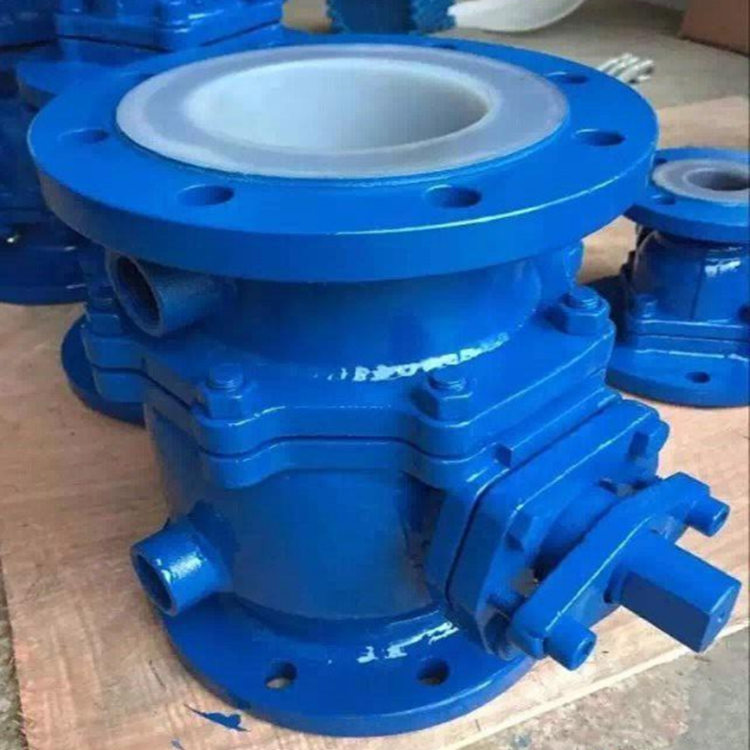
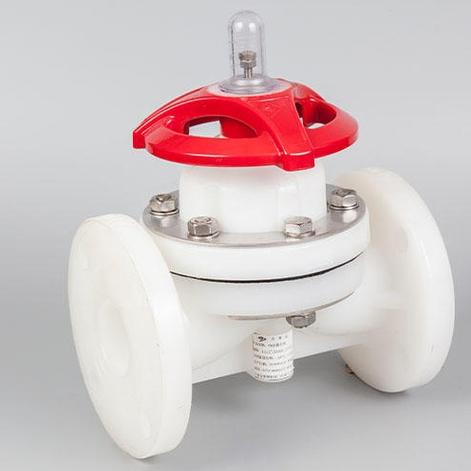
Valves for Chlorine (Liquid Chlorine) media
Most metal valves have limited corrosion resistance to chlorine, especially when there is water in the chlorine, including various alloy valves. In this case, tetrafluoroethylene valves are a very good choice. However, chemical plants producing chlor-alkali will find that when the tetrafluoroethylene valves are used for soon, the torque force increases, and the problem of tetrafluoroethylene aging will become prominent. The leakage in this case will be fatal. It is suggested to consider replacing the ordinary tetrafluoroethylene-lined valves with tetrafluoroethylene-lined ceramic ball cores. The self-lubrication of ceramics and the corrosion resistance of tetrafluoroethylene will achieve a perfect effect together.
Valves for Brine (Seawater) media
The corrosion rate of ordinary steel in sodium chloride solutions, seawater, and salt water is not too high, and usually, coatings are required for protection; various types of stainless steel valves also have a very low uniform corrosion rate, but they may cause local corrosion due to chloride ions. Usually, 316 stainless steel valves are a better choice.
Valves for Alcohol, Ketone, Ester, and Ether media
Common alcohol media include methanol, ethanol, ethylene glycol, propanol, etc., ketone media include acetone, butanone, etc., ester media include various methyl esters, ethyl esters, etc., and ether media include dimethyl ether, diethyl ether, butyl ether, etc. They generally have no corrosiveness, and common materials can all be applied. When maing selection, a reasonable choice should be made according to the properties of the media and relevant requirements. In addition, it is worth noting that a variety of rubbers are soluble in ketones, esters, and ethers , so must be careful when selecting sealing materials .
There are many other media that cannot be introduced one by one here. In short, when selecting materials, it is advisable to consult more relevant materials or draw on mature experience.

